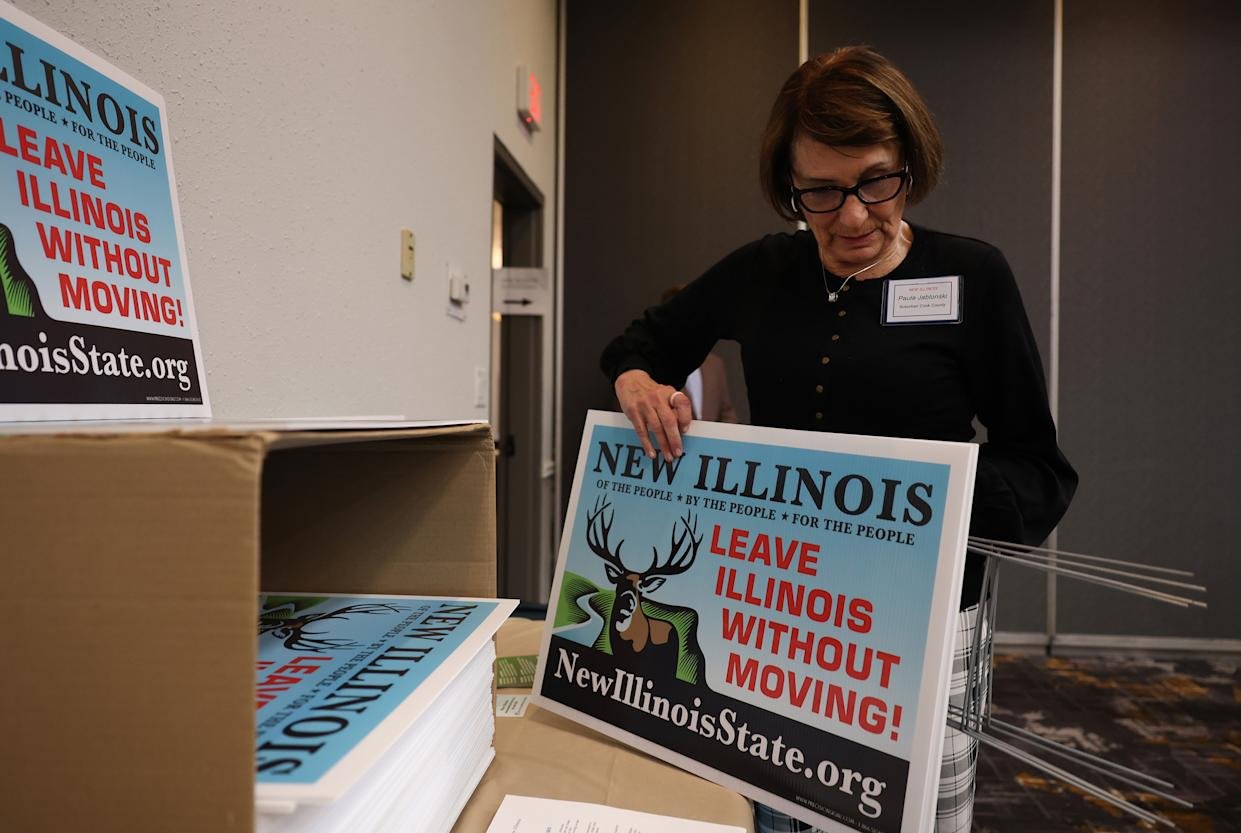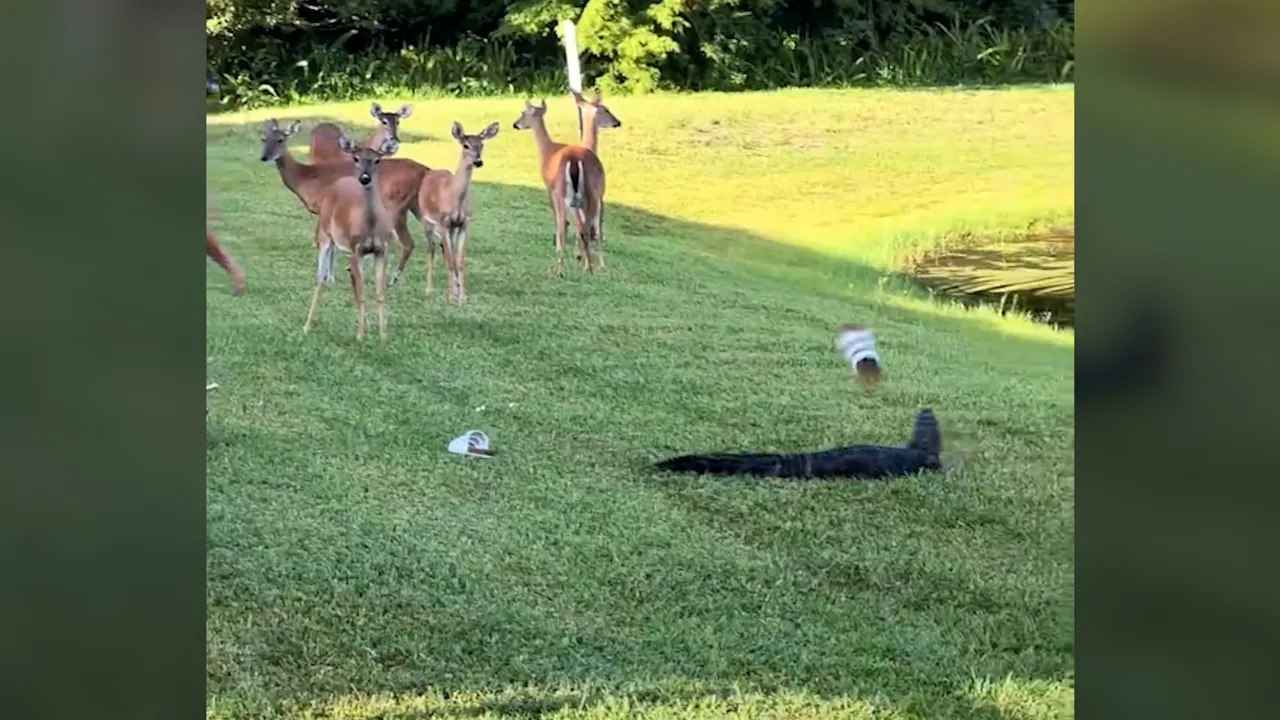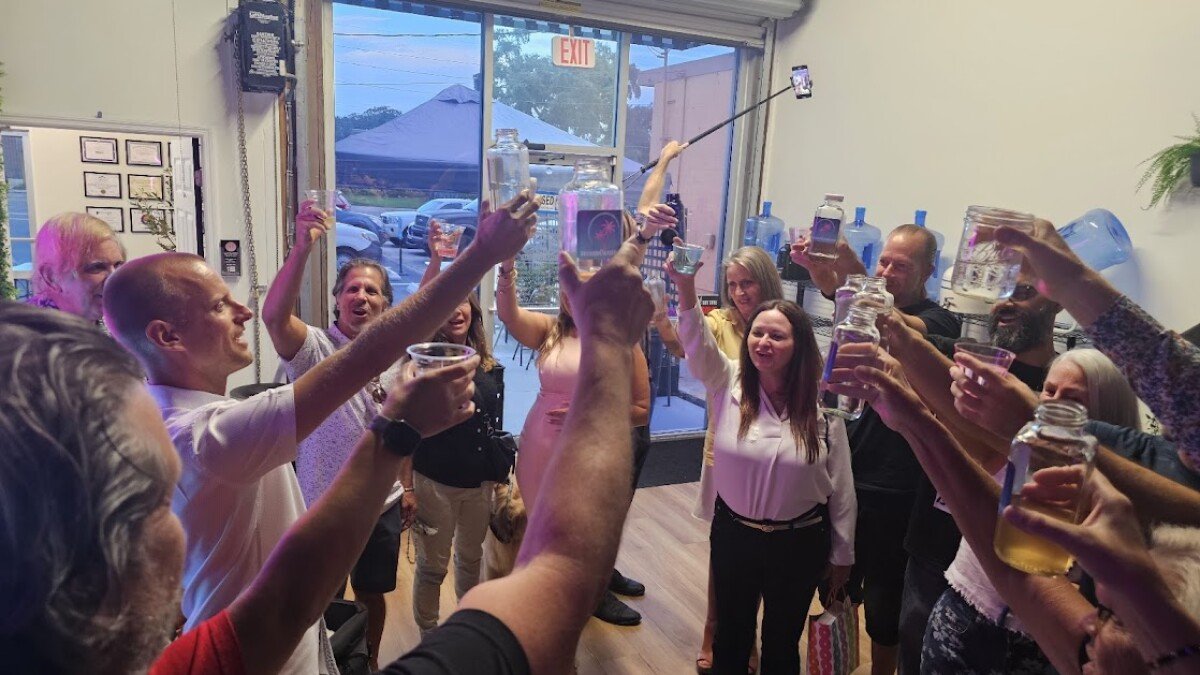ILLINOIS — Despite rising calls from some downstate counties to break away from Illinois, lawmakers in Springfield have made it clear: there’s no interest in changing the state’s borders — now or likely ever.
Recently, Indiana passed a law to create a commission to study whether some Illinois counties could join their state. The effort comes after 33 Illinois counties held nonbinding referendums expressing a desire to secede. But Illinois lawmakers, particularly Democrats, say the idea is nothing more than political theater.
What Indiana Wants
Republican lawmakers in Indiana have pitched themselves as a more welcoming home for conservative-leaning counties from Illinois. A bill signed by Indiana Gov. Mike Braun sets up a bistate boundary adjustment commission, meant to discuss if moving state lines is even feasible.
The plan gives Indiana a one-seat majority on the panel, which means the group could meet and decide on recommendations without Illinois’ participation. That’s already raising eyebrows in Springfield.
What Illinois Is Saying
Governor JB Pritzker responded bluntly earlier this year, calling the proposal a “stunt” and suggesting that Indiana’s low wages and lack of protections make it an unappealing destination.
“It’s not going to happen,” said Pritzker. “Indiana doesn’t provide what Illinois does — healthcare access, wage protections, or support for working families.”
A similar bill proposed in the Illinois General Assembly by Republican Rep. Brad Halbrook of Shelbyville was ignored in committee and never brought to a vote. Halbrook is part of the far-right Freedom Caucus, which has long pushed for separating Chicago from the rest of the state.
Why the Border Won’t Change
Even with local support for secession in certain counties, the U.S. Constitution sets a high bar for border changes. According to Article IV, Section 3, both state legislatures and Congress must approve any change. That means:
-
Illinois lawmakers
-
Indiana lawmakers
-
The U.S. Congress
-
The President
…would all need to agree — which is extremely unlikely.
Deep Roots of Division
The idea of breaking up Illinois isn’t new. From the Republic of Forgottonia in the 1960s to more recent “New Illinois” proposals, downstate communities have long expressed frustration over Chicago’s political dominance.
The sentiment often resurfaces during moments of heightened partisanship — and has picked up again in the post-Trump political era, with some conservative counties feeling underrepresented in state politics.
Is Change Even the Goal?
Even supporters of separation admit they may not really want to join Indiana. Many say the movement is more about making a political statement than pursuing a real border shift.
“We don’t need a new state. We need a new governor,” Rep. Halbrook said during a recent press event.
Still, Republicans like Rep. Blaine Wilhour argue that these counties deserve more respect from the state government and that their growing dissatisfaction shouldn’t be ignored.
What Happens Next?
Indiana’s commission is expected to meet by September 1, but without Illinois’ cooperation, its impact is unclear. Meanwhile, Illinois residents will head to the polls next year to decide whether Gov. Pritzker gets a third term.
For now, state lines remain exactly where they are.
Do you think Illinois should consider redrawing its state borders? Share your thoughts with us at ChicagoSuburbanFamily.com.












